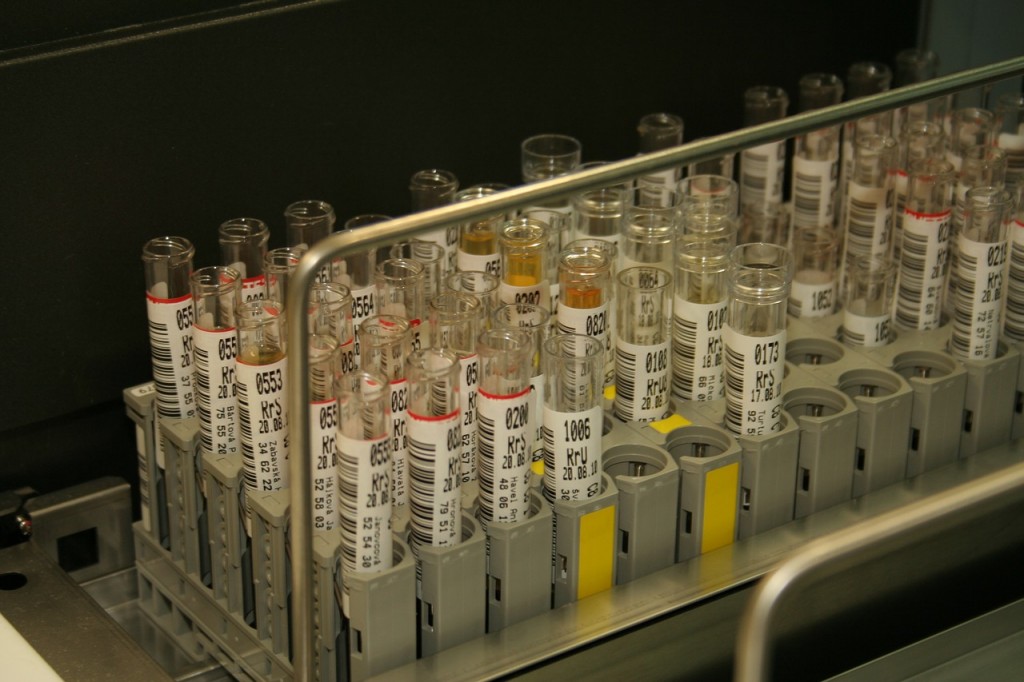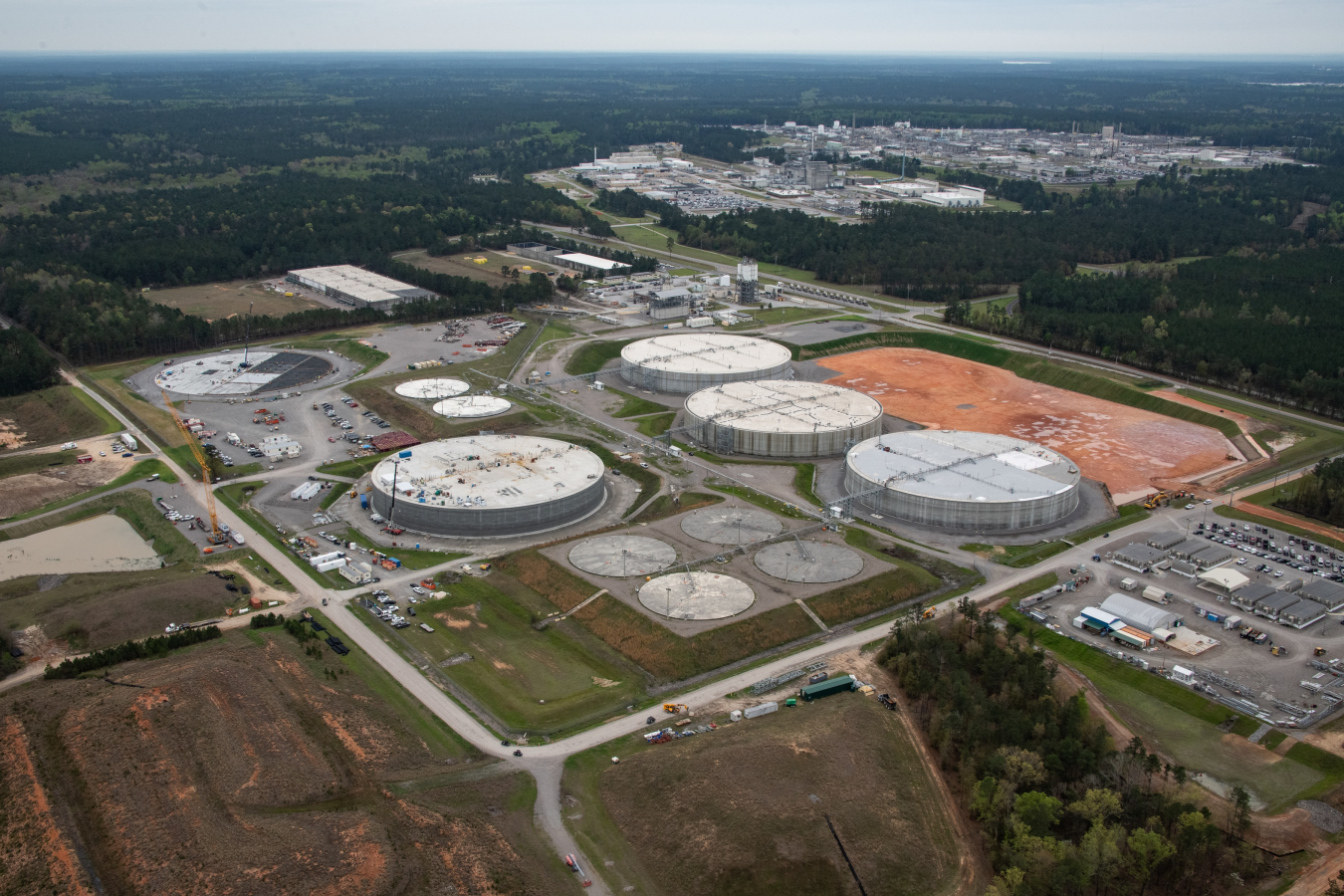Leading Liquid Waste Disposal Melbourne: Trusted Providers for Correct Waste Monitoring
Leading Liquid Waste Disposal Melbourne: Trusted Providers for Correct Waste Monitoring
Blog Article
Exactly How Fluid Waste Disposal Functions: An In-depth Review of Techniques and Technologies Used

Summary of Fluid Waste Kind
The intricacy of liquid waste kinds demands a complete understanding of their features and effects for disposal. Liquid waste can broadly be classified into several kinds, including commercial, municipal, farming, and harmful waste. Each group shows unique homes, requiring details management strategies to minimize ecological and health threats.
Industrial fluid waste stems from making procedures and typically consists of a variety of impurities, such as hefty steels, solvents, and organic substances. Metropolitan fluid waste, mostly making up wastewater from families and business establishments, includes organic issue, nutrients, and pathogens (industrial wastewater treatment). Agricultural liquid waste, consisting of overflow from ranches, may contain plant foods, pesticides, and animal waste, posturing risks to water top quality and ecosystems
Hazardous liquid waste is identified by its toxicity, sensitivity, or possible to create damage. Comprehending these varied liquid waste types is critical for establishing effective disposal techniques and making certain conformity with environmental policies.
Physical Therapy Techniques

Screening is the first action, where larger fragments and particles are gotten rid of from the fluid waste utilizing displays or grates. In sedimentation storage tanks, larger fragments work out at the base, developing a sludge layer, while the cleared up liquid can be more treated.
Purification is one more essential approach that entails passing the fluid via porous materials, such as sand or membrane layers, to capture smaller sized particles. This action boosts the quality of the liquid, making it appropriate for succeeding treatment procedures.

Chemical Treatment Methods
Chemical therapy strategies are necessary for properly taking care of liquid waste, particularly in attending to dissolved and colloidal contaminants that physical techniques might not effectively remove. These strategies use numerous chemical agents to reduce the effects of, precipitate, or change unsafe compounds right into less damaging kinds.
One usual method is coagulation and flocculation, where chemicals such as alum or ferric chloride are included in advertise the aggregation of suspended fragments. This process boosts sedimentation, permitting less complicated elimination of the resulting sludge. Additionally, oxidation procedures, employing agents like chlorine or ozone, are employed to break down intricate natural compounds and pathogens, providing the waste much safer for discharge or more therapy.
Neutralization is one more vital method, which adjusts the pH of acidic or alkaline waste streams to neutral levels, protecting against possible injury to downstream systems and the environment. Additionally, progressed oxidation procedures (AOPs) utilize combinations of oxidants and ultraviolet light to break down consistent contaminants, accomplishing a higher degree of therapy performance.
Organic Therapy Procedures
Biological treatment procedures play an essential role in the monitoring of fluid waste by making use of bacteria to decay natural issue and reduce impurity degrees. These procedures can be generally classified into cardio and anaerobic treatments, each utilizing specific microbial neighborhoods to accomplish reliable waste degradation.
Cardio treatment entails making use of oxygen to promote the failure of organic materials by microorganisms. This process is typically executed in triggered sludge systems, where oygenation storage tanks supply a helpful atmosphere for microbial growth, bring about the oxidation of organic contaminants. The resultant biomass can be divided from treated effluent through sedimentation.
In comparison, anaerobic therapy occurs in the lack of oxygen, counting on different bacteria to break look at here now down raw material. This technique is particularly helpful for high-strength waste, as it produces biogas, an eco-friendly power source, while reducing sludge production. Technologies such as anaerobic digesters are often employed in commercial and metropolitan applications.
Both cardio and anaerobic biological treatments not just decrease the environmental impact of liquid waste yet additionally assist in resource recuperation, making them essential parts of lasting waste monitoring methods. Their effectiveness, flexibility, and efficiency sustain their prevalent execution across various industries.
Arising Technologies in Disposal
Innovative strategies to liquid waste disposal are quickly advancing, driven by developments in innovation and an enhancing emphasis on sustainability. Amongst these arising modern technologies, membrane bioreactors (MBRs) have gained grip for their capability to combine biological therapy with membrane filtration, causing high-grade effluent that can be recycled in numerous applications. MBRs make it possible for smaller sized impacts and much more effective operations contrasted to typical systems.
Another encouraging growth is the usage of anaerobic food digestion integrated go to this website with nutrient healing innovations, which not only treats liquid waste yet additionally produces biogas and recuperates valuable nutrients like nitrogen and phosphorus. This dual benefit enhances source performance and lowers ecological influence.
In addition, advanced oxidation processes (AOPs) are being taken on for the destruction of complicated organic contaminants. These approaches utilize powerful oxidants and drivers to break down impurities at the molecular degree, using a very reliable service for challenging waste streams.
Furthermore, the integration of expert system and machine discovering in waste administration systems is maximizing functional efficiency and predictive upkeep, causing reduced expenses and boosted ecological conformity. These modern technologies reflect a considerable change towards more reliable and lasting liquid waste disposal methods.
Final Thought
In final thought, reliable fluid waste disposal requires an extensive understanding of various techniques and modern technologies. By constantly progressing these methodologies, it comes to be feasible to attend to the expanding obstacles connected with liquid waste, ultimately look these up adding to ecological protection and resource recuperation.
Liquid waste disposal is a critical aspect of environmental administration, requiring a detailed understanding of different techniques and technologies customized to various waste kinds. Liquid waste can generally be classified into several kinds, consisting of industrial, municipal, agricultural, and dangerous waste. Agricultural liquid waste, including runoff from ranches, might include fertilizers, chemicals, and animal waste, presenting threats to water quality and communities.
Different physical therapy methods play a crucial function in managing fluid waste successfully - industrial wastewater treatment.In final thought, efficient liquid waste disposal demands a thorough understanding of various strategies and innovations
Report this page